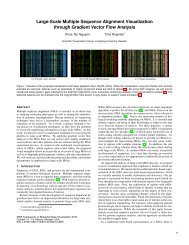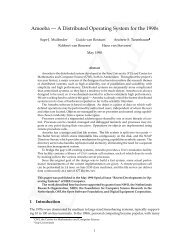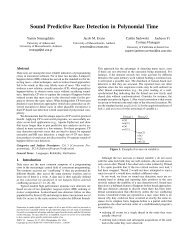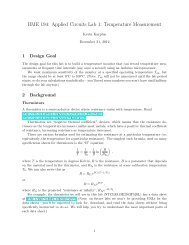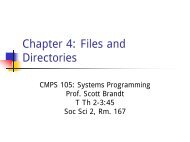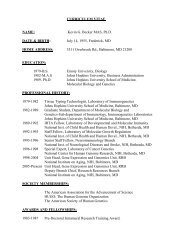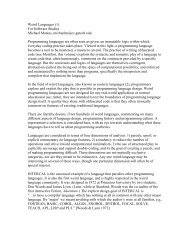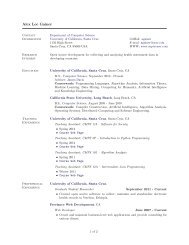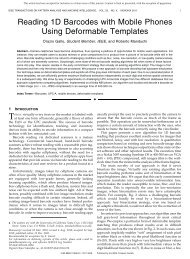A FAST AND ROBUST FRAMEWORK FOR IMAGE FUSION AND ...
A FAST AND ROBUST FRAMEWORK FOR IMAGE FUSION AND ...
A FAST AND ROBUST FRAMEWORK FOR IMAGE FUSION AND ...
Create successful ePaper yourself
Turn your PDF publications into a flip-book with our unique Google optimized e-Paper software.
x<br />
x<br />
1<br />
3<br />
x<br />
x<br />
2<br />
4<br />
y1 y2<br />
y y<br />
3<br />
4<br />
a b c d e<br />
Figure 1.2: An illustrative example of the motion-based super-resolution problem. (a) A high-resolution<br />
image consisting of four pixels. (b)-(e) Low-resolution images consisting of only one pixel, each captured<br />
by subpixel motion of an imaginary camera. Assuming that the camera point spread function is<br />
known, and the graylevel of all bordering pixels is zero, the pixel values of the high-resolution image can<br />
be precisely estimated from the low-resolution images.<br />
use of image processing algorithms, which presumably are relatively inexpensive to implement.<br />
The basic idea behind super-resolution is the fusion of a sequence of low-resolution<br />
(LR) noisy blurred images to produce a higher resolution image. The resulting high-resolution<br />
(HR) image (or sequence) has more high-frequency content and less noise and blur effects than<br />
any of the low-resolution input images. Early works on super-resolution showed that it is the<br />
aliasing effects in the low-resolution images that enable the recovery of the high-resolution<br />
fused image, provided that a relative sub-pixel motion exists between the under-sampled input<br />
images [8].<br />
The very simplified super-resolution experiment of Figure 1.2 illustrates the basics of<br />
the motion-based super-resolution algorithms. A scene consisting of four high-resolution pixels<br />
is shown in Figure 1.2(a). An imaginary camera with controlled subpixel motion, consisting<br />
of only one pixel captures multiple images from this scene. Figures 1.2(b)-(e) illustrate these<br />
captured images. Of course none of these low-resolution images can capture the details of the<br />
underlying image. Assuming that the point spread function (PSF) of the imaginary camera is a<br />
known linear function, and the graylevel of all bordering pixels is zero, the following equations<br />
relate the the low-resolution blurry images to the high-resolution crisper one.<br />
3




